Pylons And Irwin Shopbell, Football's Most Inventive Official
Those complaining about football officials and their mistakes never met Irwin "Bud" Shopbell since he took it upon himself to solve two officiating problems. Shopbell was an automotive engineer from Canton, Ohio, who officiated high school, Mid-American Conference, and Missouri Valley Conference games before moving to the Big Ten in 1963.
Shopbell handled both referee and head linesman duties, and the latter line of work sparked his inventive side. As happens in football, plays approaching the sidelines cause the chain gang to lay down their tools and scatter. Other times, they move the chains prematurely. Both situations require an accurate means of returning the chains to their original spot. Although the solution seems obvious now, Shopbell was the guy who invented the Head Linesman's best friend, the HeadLiner, or disks with chains that clipped onto the chains at the spot of the ball and the back of the yard line intersecting the chains. HeadLiners allowed the chain gang to abandon their posts and return safely, knowing they could recover the correct spot. The HeadLiner at the yard line also improved accuracy when the chains went onto the field for measurement.
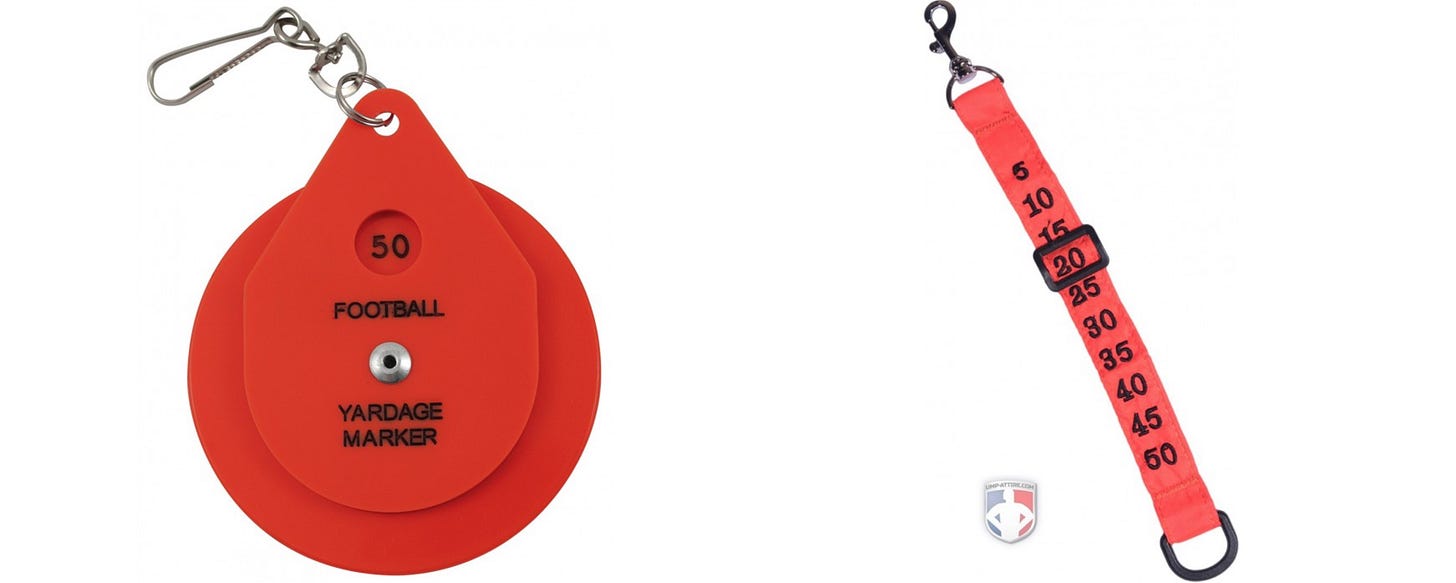
In addition to solving a problem that had existed since chains arrived in 1894, Shopbell solved another that plagued the football world for only 40 years.
As described in an earlier post, 1927 and the Confusing World of Goal Lines, concern abounded when the goal posts moved from the goal line to the end line in 1927. Due to concern that players, fans, and officials would confuse the goal line and end line, groundskeepers across the country found different ways to distinguish the goal line visually. Some decorated the end zones; others added the letter G or the numeral 0 near the goal line. Many marked the goal line with two stripes or a bolded stripe, and one or two placed blocking dummies or flags at the intersection of the goal line and sideline. As we know, decorated end zones and field numbers became the norm, while bolded and double stripes hung around for a while, but the flag became the NCAA’s official solution when they mandated their use in 1940.
The red 18 x 18-inch flags marking the four corners of each end zone stood on flexible rods or springs about three feet high. The flags generally worked well but were occasionally blamed for player injuries.
The other problem raised by the flags was that they did what flags do; they flapped in the wind. Their flapping could be problematic because they were planted on the sideline and, therefore, out of bounds. If the wind blew in the right (or wrong) direction, the 18-inch-wide out-of-bounds flags flapped over inbounds territory, leading to some oddball scenarios and rulings described below.
Ball Carrier Running Into End Zone. A ball carrier running into the end zone touches the inward-blowing flag before crossing the goal line, making him out of bounds and ending the play inside the 1-yard line.
Now, you make the call...
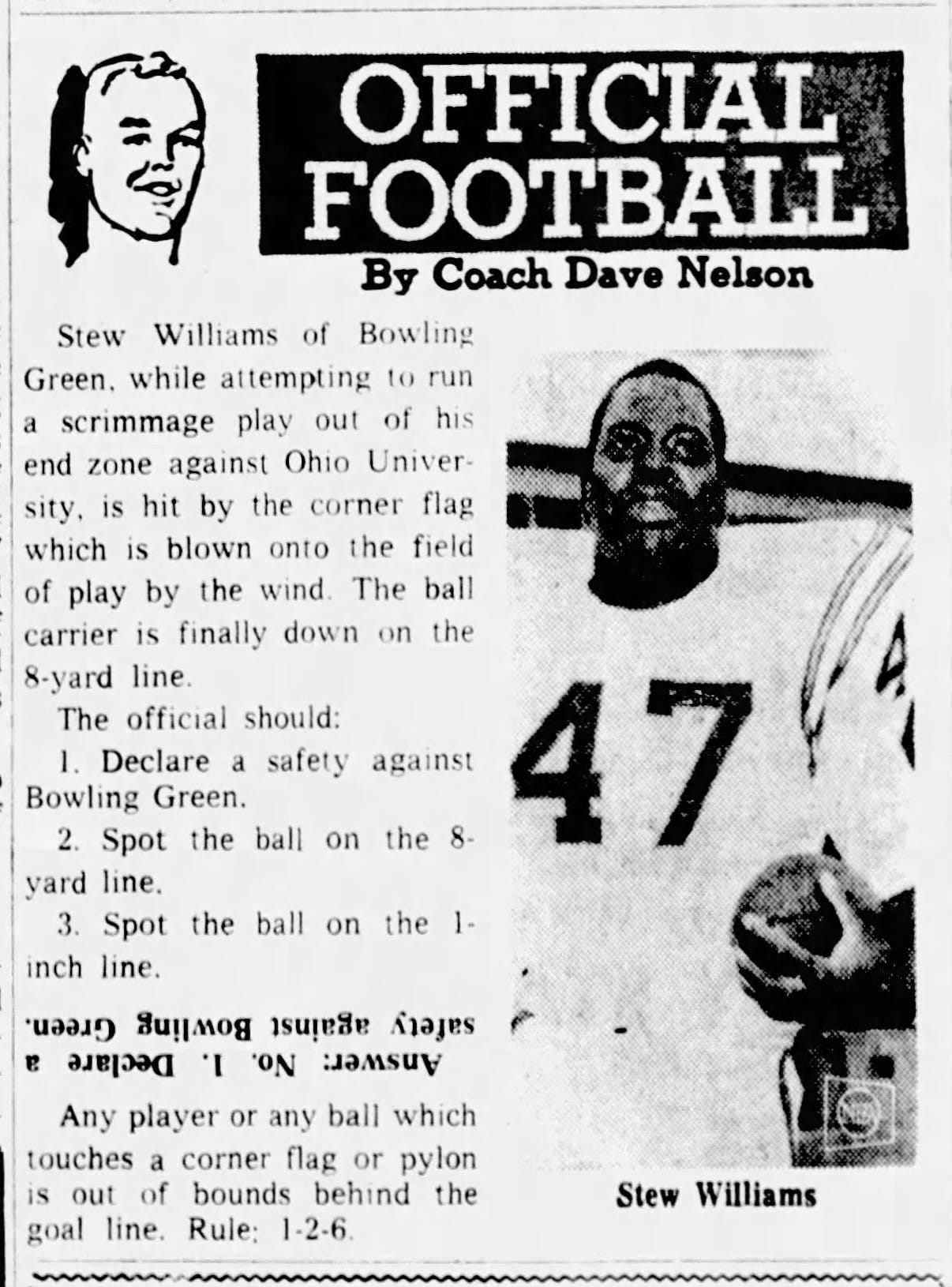
Ball Carrier Running Out Of End Zone. An offensive team with the ball inside the team's 1-yard line tosses the ball to a sweeping back. He touches the inward-blowing flag before crossing the goal line, making him out of bounds, so the play is ruled a safety.
Now, you make a second call...
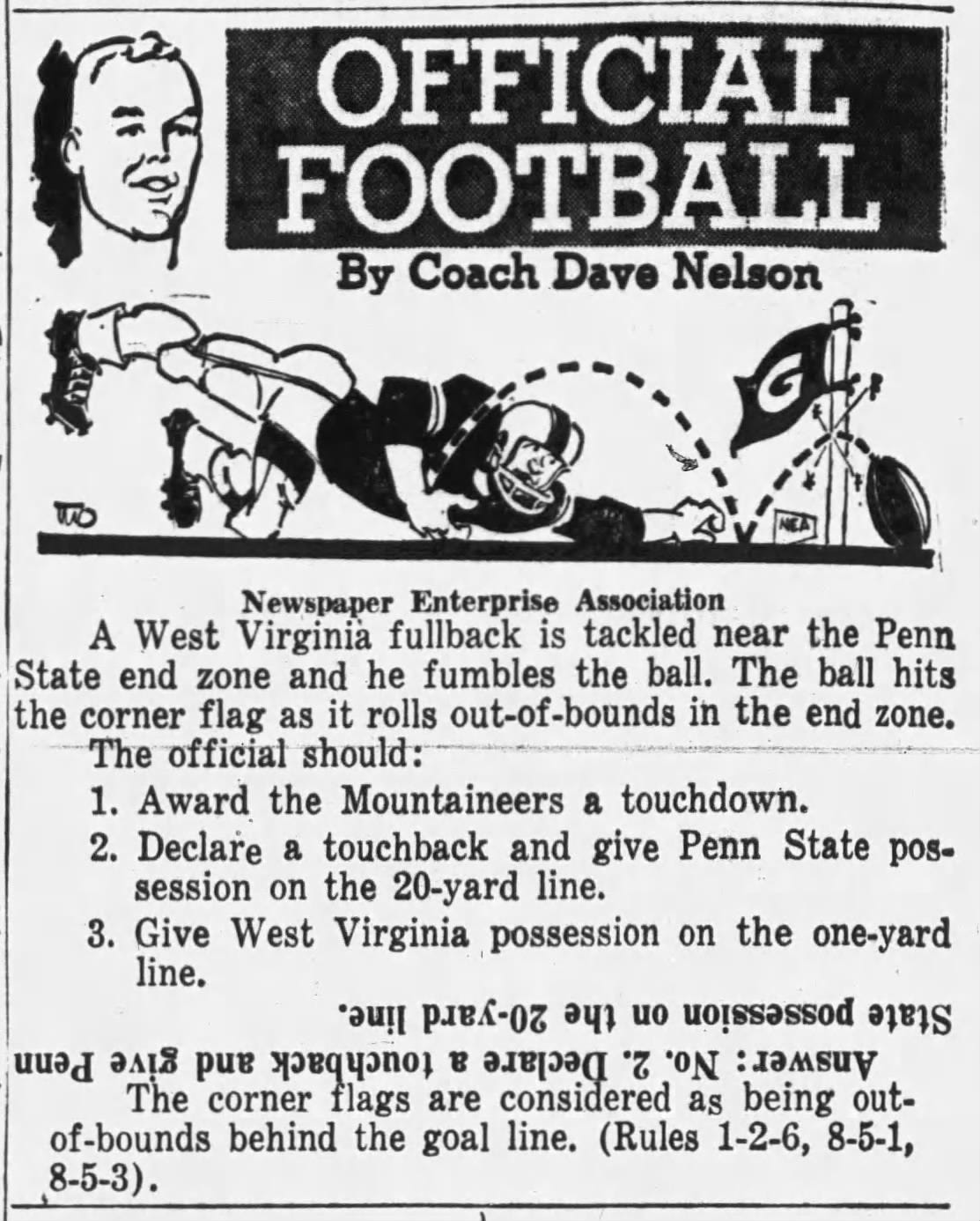
Ball Carrier Fumbles Near End Zone. A ball carrier running near the end zone fumbles, and the ball hits the inward-blowing flag. This makes the ball out of bounds and results in a touchback.
Intended Pass Receiver. An intended pass receiver running along the sideline touches the flag as he enters the end zone, making him out of bounds and ineligible to catch the pass. On another play, if he catches the ball in the air and touches the flag while coming down, the receiver is ruled out of bounds.
Interception Near Goal Line. A defender intercepts the ball outside the end zone, and while attempting to catch his balance, he steps into the end zone and then touches the flag. The play is a safety or touchback, depending on how the officials rule on the ball's impetus.
Coffin Corner Punt. A coffin corner punt touches the flag inside the 1-yard line. If it bounced in bounds before hitting the flag, the receiving team gets the ball inside the 1-yard line. The play is a touchback if the ball hits the flag on the fly.
The player injury and problematic rulings factored into Shopbell's thinking when he developed football's pylon, which he convinced the Big Ten to adopt in 1965. The NCAA made them mandatory in 1966.
Shopbell's pylons were sufficiently soft to eliminate injury issues and stiff enough to not blow in the breeze, so they put a stop to problems caused by flags blowing into the field of play. In addition, since we position pylons at the inside corners of the sidelines and goal lines, a ball passing inside the pylon is necessarily over the goal line, making rulings on touchdowns more straightforward.
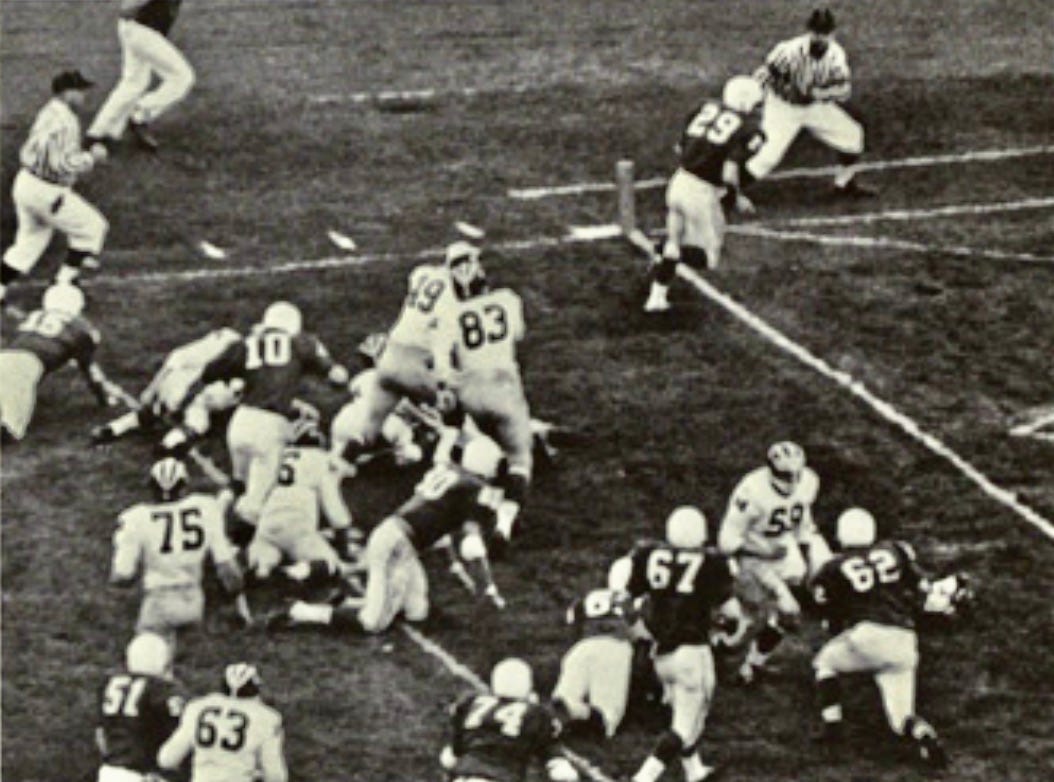
The stiffer pylons now come with embedded cameras, which assist in some rulings from the booth, and another set of pylons sits outside the end zone behind the hash marks.
Despite the many contributions of pylons to the game of football, receivers continue running flag routes, while pylon routes are exceedingly rare. Irwin Shopwell, on the other hand, made two important contributions to ensuring games are officiated fairly and having games not decided by the direction the wind blows when the ball nears the goal line.
Football Archaeology is reader-supported. Click here to buy one of my books or otherwise support the site.


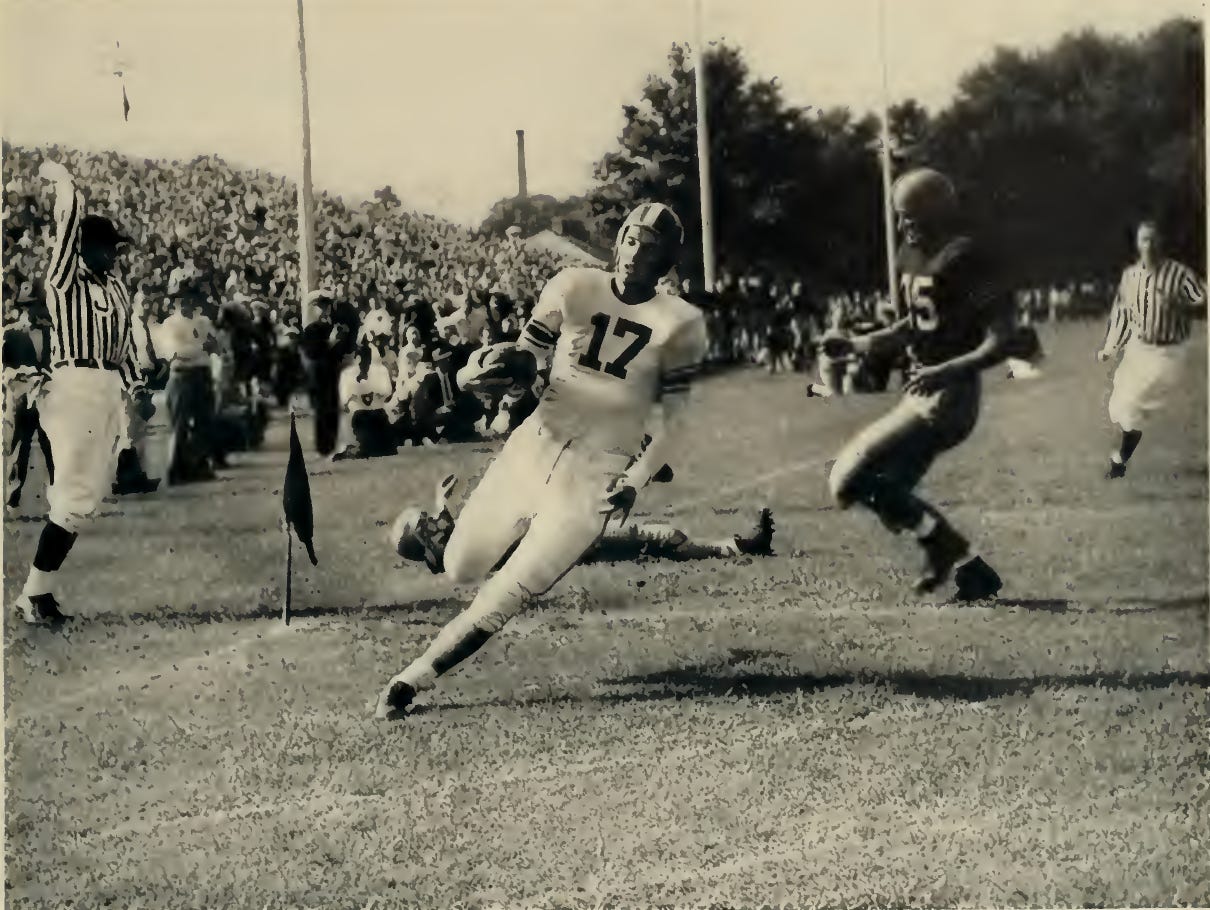
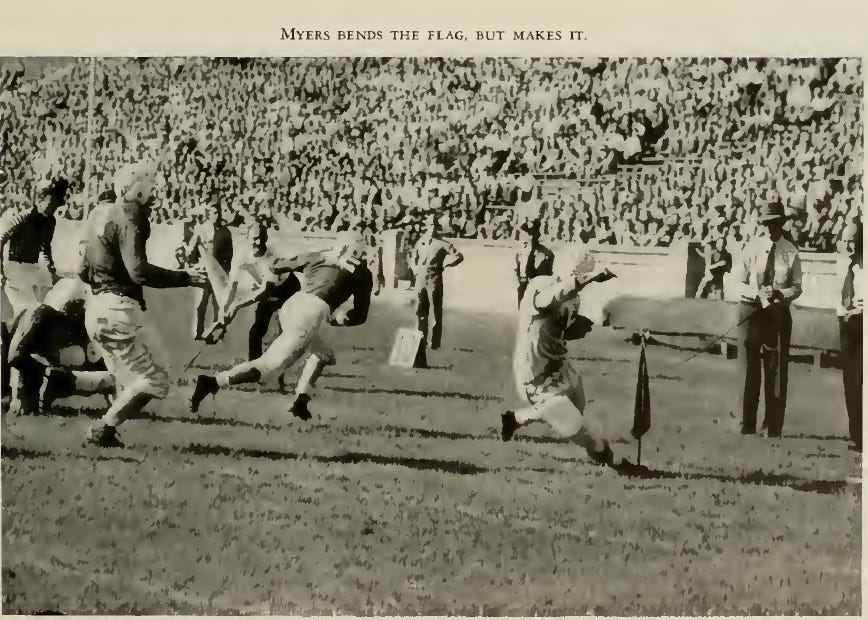
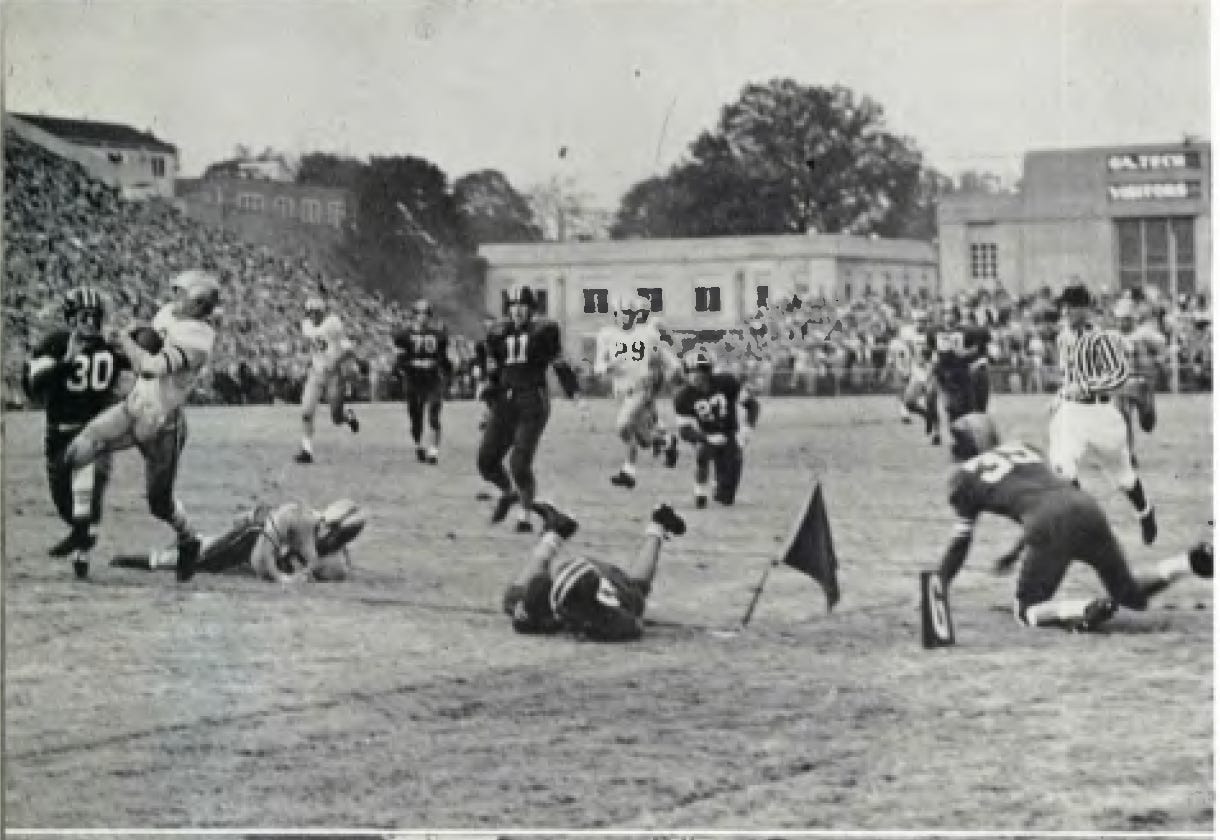
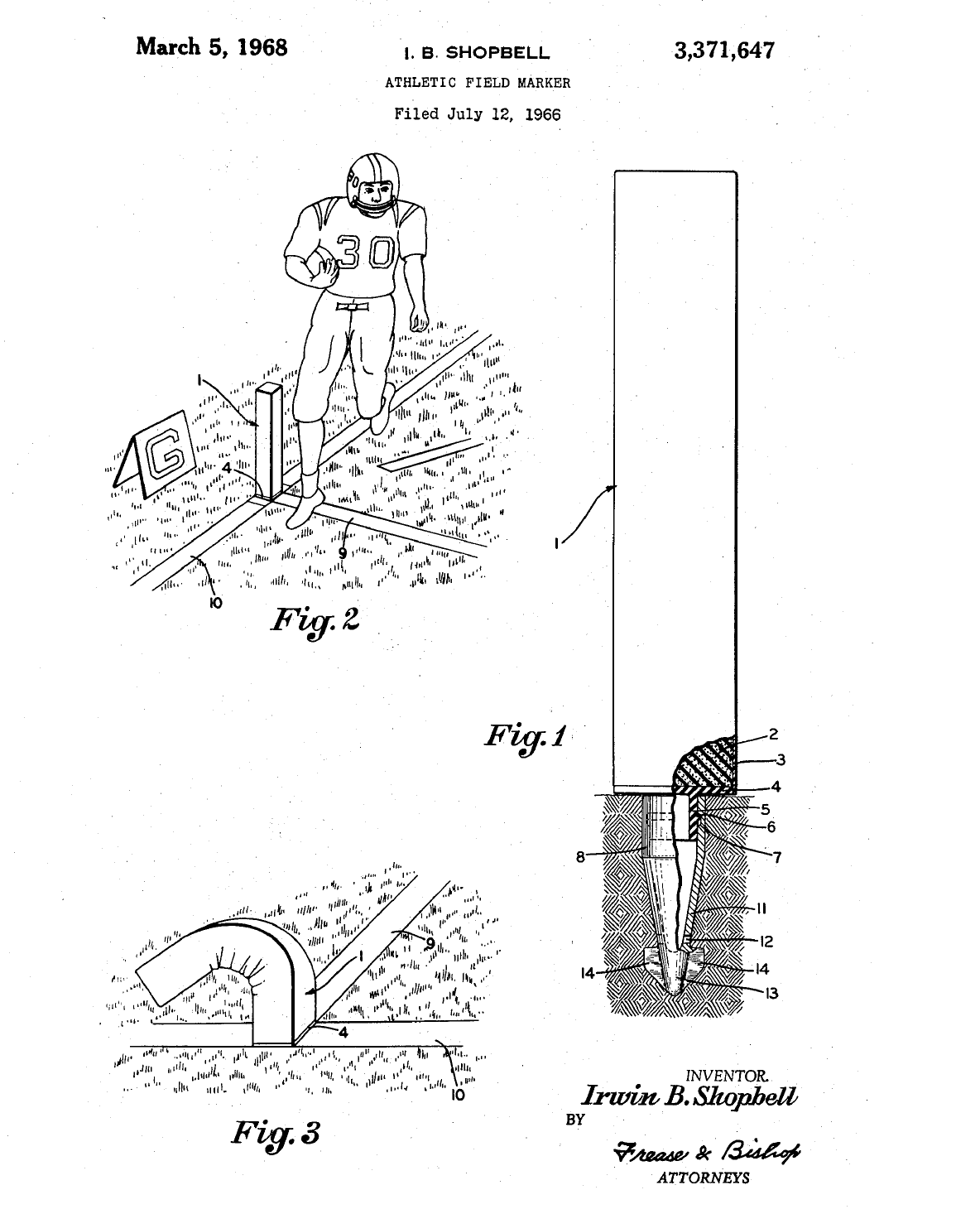
First of all who doesn't like the officials? Isn't that why every one watches games to see their favorite team the Zebras in action? LoL. Great work on the research of these items. I can tell you the "clips" as we call them that were featured first in the post are a very clever and helpful device. The other thing that officials are taught is that the pylon in out of bounds in the end zone. When the ball carriers dive and hit the pylon with the ball while air born, TD!